
Materiality matrix

Develop your materiality matrix with our team and meet the regulatory requirements of your sector
Our specialized team supports you in developing your materiality and double materiality matrices, from identifying key issues related to materiality, consulting relevant parties and benchmarking the players in your sector, to integrating key elements into your CSR strategy.
They trust us

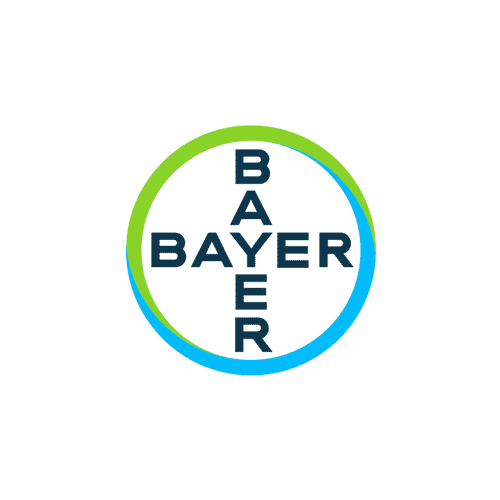




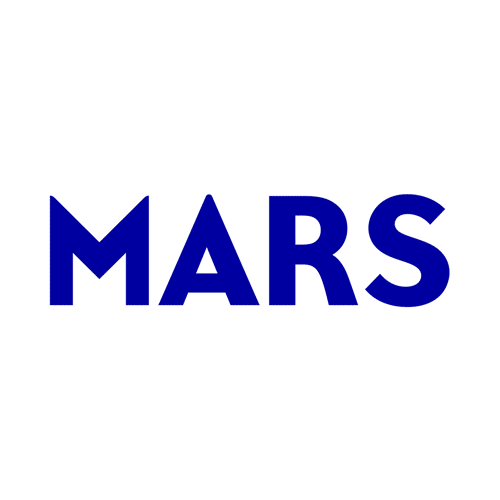
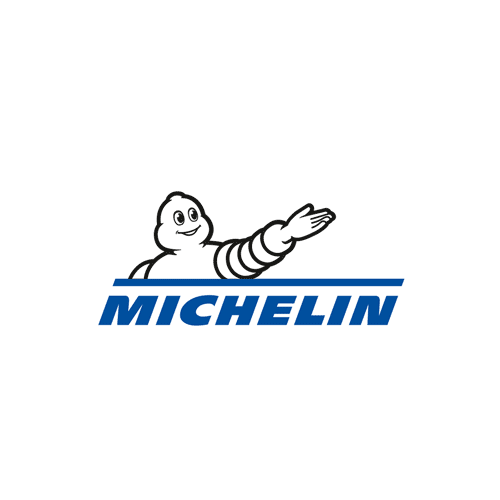

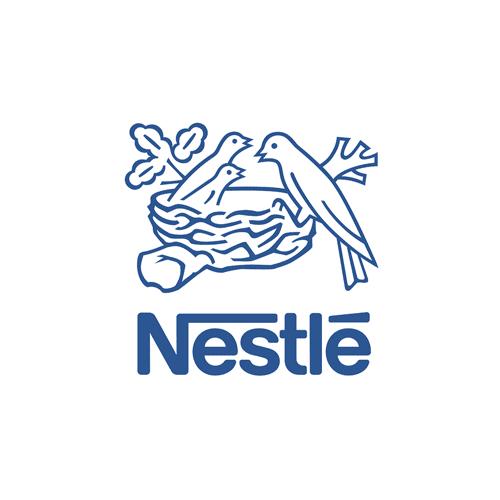
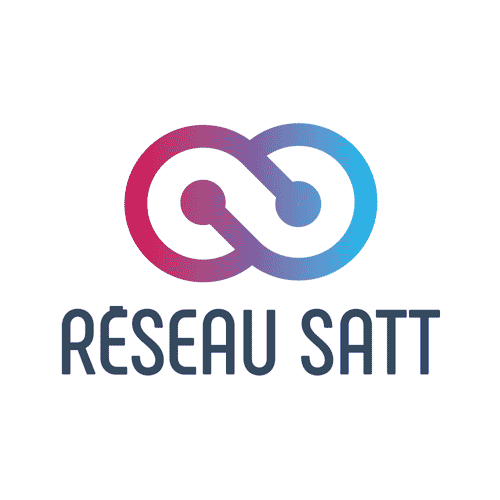



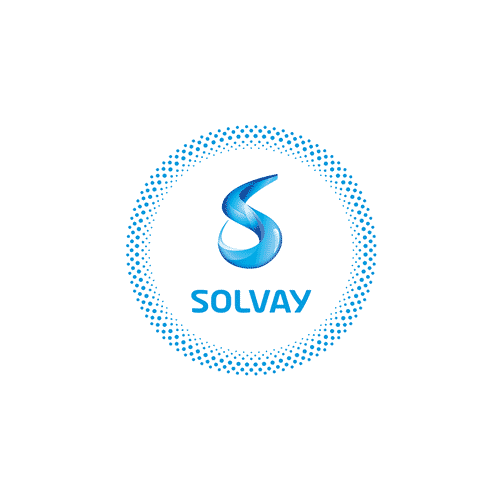


The key success factors of a materiality matrix
Building materiality matrices is a new exercise for numerous companies, who could see it as slightly disruptive. It requires thinking of one’s own business from a new angle, interacting with new players in one’s ecosystem around unusual topics, and implementing the stakeholder expectations to one’s decision-making strategy.
Sustainability should serve the business, thus it is important to know what are your business priorities in terms of operations, technology, HR, safety and the environment. This identification should also allow the characterization of criteria that influence the success of the business. It’s also important to engage this sustainable business development by taking the time from the outset to identify the actions already taken in the business to be able to capitalize on existing efforts during the “plan of action” defining phase.
What are your business priorities? What are the criteria that best describe your business? What are the actions already in place or the actions to come? What are the processes and indicators to put in place?
In order to prioritize, isolate, and sort your challenges to develop your strategy, the first step is to identify them. Identifying the relevant challenges requires starting from a large list, going from transversal to more specific. Thus it is necessary to carry an analysis of the key challenges expected for the internal players (employees), external collaborators (shareholders, clients, banks, rating agencies, NGOs, etc.) and to draw inspiration from the strategies of other players in your ecosystem. It is important in each step along the way to analyze all along the value chain to be able to identify the grand families of parties involved to analyze and identify their associated challenges.
Who are my stakeholders? How can I get them all on board? How can habits be formed with all of the stakeholders, such as regular exchanges with the most relevant ones?
The list of issues obtained from the entire approach is generally extensive. A first selection step is necessary in order to obtain a priority list that reasonably reflects the strategic orientation of the organization or group. Once the challenges are identified, the next steps are to:
- make an assessment to determine their relative importance for the company and different parties involved
- determine their level of importance and impact in order to put them into a hierarchy
This step of prioritization, carried out as part of a joint project, allows for defining a rating scale that reflects the culture of the company and the importance of the exercise in its eyes. The materiality matrices have two axes: the x-axis represents the contribution of CSR challenges to the performance, and the y-axis represents the expectations of stakeholders. The issues can then be regrouped in order to identify those which should be prioritized to define objectives and a plan of action, and to initiate the conversation with all the players involved internally and externally.
What are the weak signals to take into account? How can we reflect the diversity of our careers and business units? How many issues and areas of work is it reasonable to engage in?
This new tool also allows one to lead different workshops with several objectives, including:
- Analyzing the opportunities and the risk associated with each of the identified areas
- Defining a primary ESG approach
- Enriching the ESG strategy by highlighting the most important
Initiatives already implemented, the initiatives to consolidate or develop, the gaps with stakeholder expectations, and the new projects to launch.
By carrying out this analysis, companies will refine their plans of action on topics which have a significant impact on their business model, which will result in monitoring indicators in order to be integrated in their governance process.
How can we analyze and discuss the details of our matrix? What conclusions can we draw from this for our short and medium term strategy?
How we support you in your projects related to materiality matrix
For more than 25 years, Alcimed has been supporting players all along the value chain to rise up to their innovation challenges, in order to respond to technological, economic, environmental and societal risks.
Putting in place a ESG strategy to reconcile a sustainable and innovative business is a challenge that is becoming more and more important for our clients. By developing an approach that associates benchmarks, interviews with different players in the ecosystem, and workshops, we help our clients in constructing their materiality matrices to support the definition of their strategies, their translation and plans of action, up until the production of their operational roadmap.
Examples of recent materiality matrices carried out for our clients
Definition of a materiality matrix for an energy player
ESG questions are becoming a crucial issue, notably for our client, who needed to adapt to new demands from banks, rating agencies, stakeholders and the grand public, in terms of environmental, social, and ethical approaches.
Our client had put in place local action plans, but they were not fully coordinated, and the communication around these plans was isolated.
The client wished to identify amongst the actions put in place which were the most impactful, and challenge them with an external point of view in order to build their strategic vision and their communication around the management of their ESG issues in the general sense. We supported this organization by:
- Mapping out the actions put in place by conducting interviews with the people in charge of these actions
- Identifying and selecting key criteria for stakeholders by benchmarking the strategies claimed by key players in the sector
- Building their sustainability strategy together with them, by putting in place a materiality matrix and prioritizing the key challenges
- Working on the strategy and plans of action associated based on the existing plans
Our assessment allowed the client to define a CSR strategy in line with the expectations of the market and their ecosystem, as well as clear areas of communication.
Building the materiality matrix of a defense player
Under the direction of their general director, our client wanted to add sustainability approaches to the development of its organization, for which it was necessary to define their long term vision and concrete actions from the first year. In this context, our client wished to define a clear strategy to be able to better define their communication policy and to define a primary short-term plan of action. We supported them in the following ways:
- Making an assessment of each of their challenges based on questionnaires and interviews with previously identified internal and external stakeholders
- Validating the high-priority challenges for the company after having placed them on a materiality matrix
- Defining operational plans of action to launch in the short-term
Our project allowed the client to structure their CSR approach within their vision, and to define concrete plans of actions for the short- and medium-term.
Definition of a CSR strategy and creation of a materiality matrix for an industrial player
Our team supported a leading player in the electrical engineering sector define its long-term strategic CSR roadmap and build a materiality matrix. Following an initial scoping phase aiming at defining the group’s ambition, we carried out an inspirational benchmark of the CSR strategies of several industrial players and identified the key CSR-related stakes for the stakeholders in our client’s ecosystem (customers, suppliers, candidates, etc.).
Our team then characterized the issues identified in relation to the actions already implemented by our client, with the objective to drawing up an action plan for each key criterion not covered. This characterization exercise enabled us to build a materiality matrix, visually prioritizing the relevant initiatives to be implemented by our client: a tool for reading strategic CSR issues and for CSR communication.
Ultimately, and thanks to this preliminary investigation, we were able to work with our client’s management committee to co-build a medium-term CSR strategy and a short-term action plan.
Definition of a medical company’s CSR strategy using a materiality analysis
Our client had already initiated a number of environmental initiatives and wanted to go further by working on its CSR strategy.
We began by helping them to define their CSR strategy. To do this, our team first carried out a materiality analysis to define the main pillars of its CSR strategy. We then defined the action plans to be put in place to bring these pillars to life, while capitalising on existing actions.
Secondly, we worked to get the internal teams on board by creating and leading a CSR community throughout the project, by setting up a newsletter and regular exchanges in different formats.
Our support has enabled our client to structure a CSR strategy that serves the business and to create an internal dynamic around these issues.
Development of a CSR roadmap for a medium-sized company specialising in automation solutions and electrical equipment
Our client, an industrial group in the field of automation and electrical equipment, wanted to take its CSR approach further, by approaching it in a more strategic and structured way at Group level. We helped them to co-construct their CSR roadmap through the following stages, in line with the ISO 26 000 standard:
- Definition of a CSR vision for the Group;
- Determining the areas of commitment that meet the Group’s priority challenges, as highlighted by a materiality analysis;
- Setting specific medium-term objectives that are achievable and measurable via KPIs;
- Drawing up action plans for each of these objectives to ensure operational implementation.
This roadmap has enabled our client to give substance to its CSR strategy, in a way that highlights the Group’s efforts and commitments and highlights the major future projects in this area for the Group as a whole.
You have a project?
To go further
Founded in 1993, Alcimed is an innovation and new business consulting firm, specializing in innovation driven sectors: life sciences (healthcare, biotech, agrifood), energy, environment, mobility, chemicals, materials, cosmetics, aeronautics, space and defence.
Our purpose? Helping both private and public decision-makers explore and develop their uncharted territories: new technologies, new offers, new geographies, possible futures, and new ways to innovate.
Located across eight offices around the world (France, Europe, Singapore and the United States), our team is made up of 220 highly-qualified, multicultural and passionate explorers, with a blended science/technology and business culture.
Our dream? To build a team of 1,000 explorers, to design tomorrow’s world hand in hand with our clients.
Whether it’s by legal obligation (such as article 225 in the France’s Grenelle II law) or to promote a more sustainable development, CSR reporting is becoming a more normalized exercise for companies. However, this sometimes complex exercise necessitates the prioritization of multiple challenges of sustainable development regarding company priorities, but also the sometimes contradictory expectations of stakeholders.
The ”materiality matrix” is a recognized tool for conducting this prioritization. It is a graphic representation with two axes, containing the sustainability challenges of an organization or group, taking into account their impacts on the activities and their importance to the different parties involved.
This tool allows one to:
- Communicate about the important challenges and have a coherent dialogue with the different parties involved
- Adapt to the new stakeholder expectations and to regulatory evolution
The materiality matrix is thus a key tool for concretely identifying the pertinent challenges for you and your sector, which is to say the challenges most worthy of working to address, since they are important in the eyes of the parties involved for your commercial success and daily business.
Using this tool can address diverse goals: structuring the direction of your strategy, organizing the content of a report (integrated or not) by identifying the priority challenges to take into account in reporting, or complying with internationally recognized reporting guidelines.
In the context of a CSR strategy, simple materiality makes it possible to rank issues according to their relevance to the company, with particular emphasis on financial aspects and tangible risks.
Dual materiality broadens this perspective, recognising companies’ responsibility towards society and the environment and distinguishing between two crucial aspects:
- Financial materiality, assessing the positive and negative impacts of sustainability issues on a company’s financial performance.
- Impact materiality, taking into account the positive and negative repercussions of the company on its economic, social and natural environment.
Dual materiality therefore serves the same purpose as single materiality, but avoids omitting certain information that would be considered non-material from a social or environmental point of view.
It is a central element of the CSRD, serving as a tool for identifying the material issues to be included in the sustainability report.